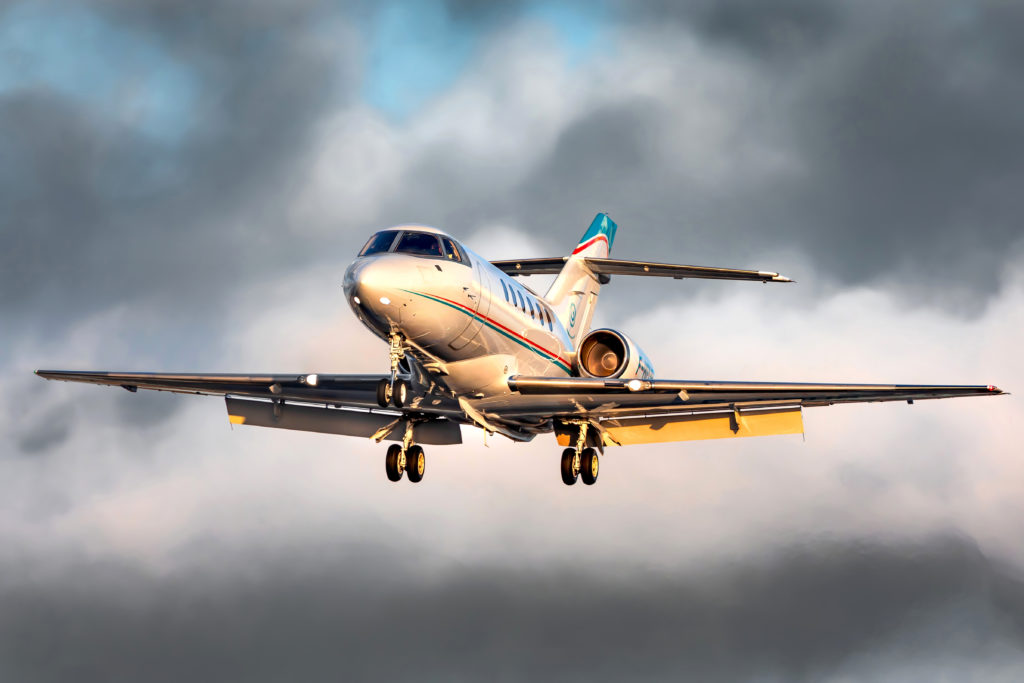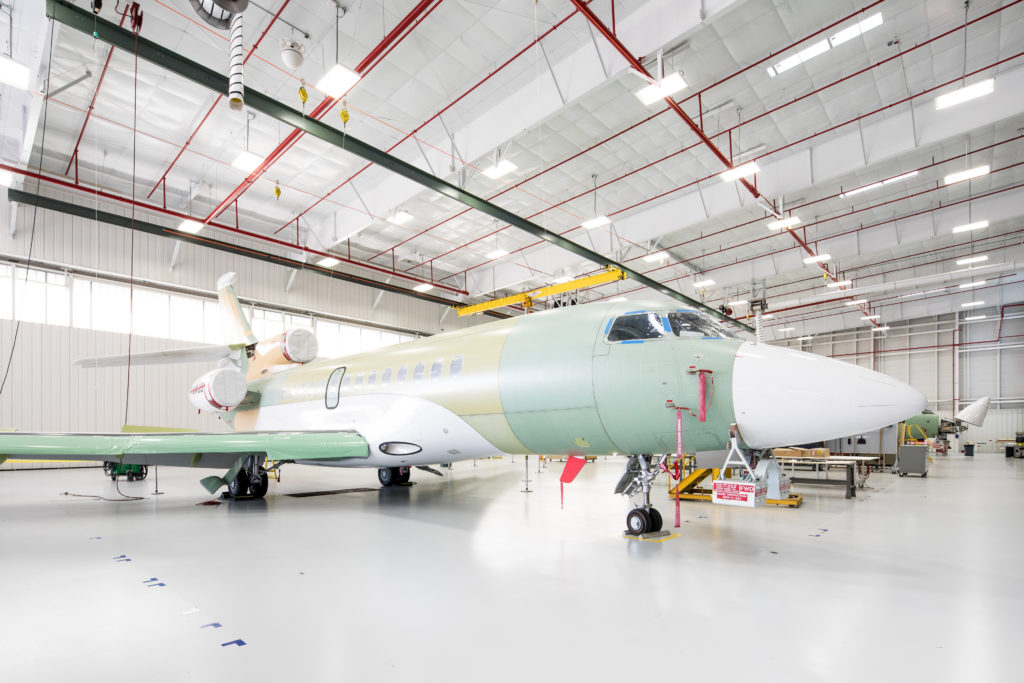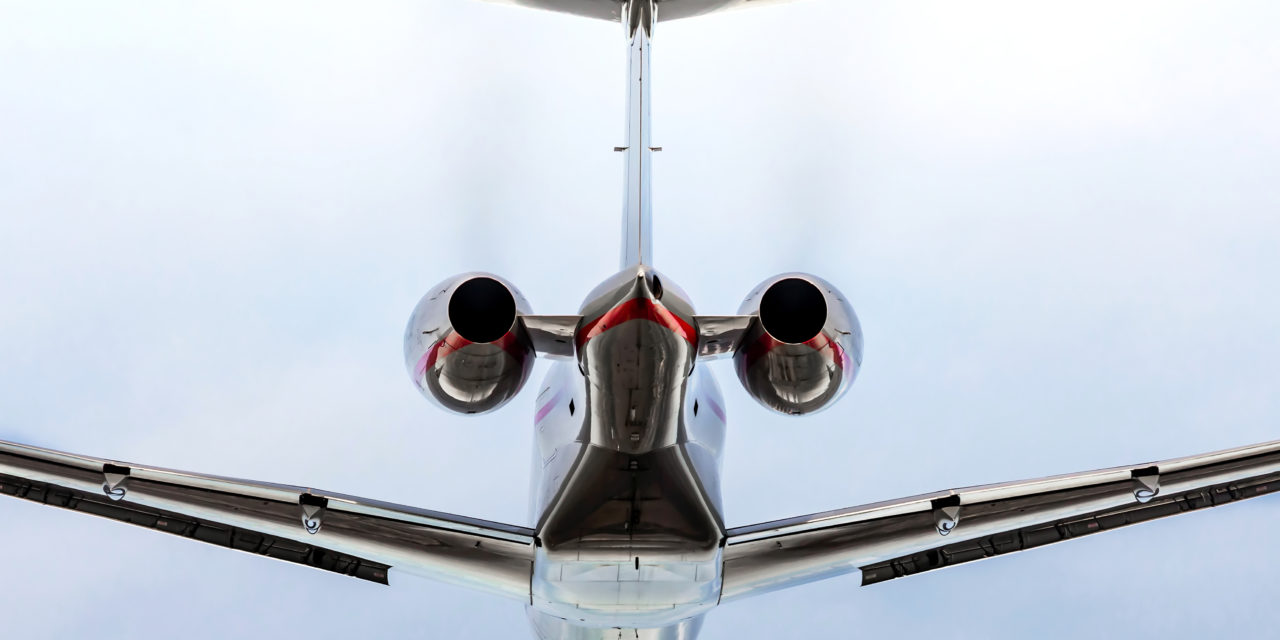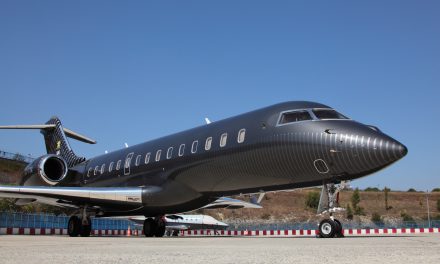By Fred Vergneres
While the pandemic is still evolving around the world, the economy as a whole is faltering. And this is particularly true for the airline industry, which according to ICAO and IATA, who are forecasting a decline in air transport revenues of more than $250 billion in the first nine months of the year.
For its part, the business aviation sector is trying to pull through, according to some operators and brokers, with an increase in flight requests, since the release of most European countries from quarantine in mid-May. According to WingX, global business aviation traffic lost more than 86,000 flights in July compared to the same period in July 2019. This represents a decline of 20%. Based on information from the data analytics company, the decline is most noticeable in the United States, where average daily seven-day activity fell from 7,300 flights in early July, to about 6,800 in the last week of the month. Unsurprisingly, the trend remains negative for overall traffic in North America, with a 23% decline in July.
However, there is still a glimmer of hope for the European market. Moreover, analysis shows that the European market continues to recover, and particularly in July, with regional activity declining by just 14%, and only 6% in the last seven days. France recorded more than 10,000 flights during the month, 12.5% below normal, and Germany is only 2.5% below normal for the month of July. Switzerland is experiencing a similar trend as several other countries – Austria, Belgium, Croatia – recording more flights this month than in July 2019. Spain is the country that has experienced the strongest recovery of the month. The domestic market, which accounts for 40% of its traffic, is growing at more than 10%. Furthermore, visitors who are travelling from the UK to Spain increased by 12%, arrivals from Switzerland by 29%, and those from Germany by 40%. And yet, the situation may change in the coming week, as the result of the re-introduction of quarantine guidelines on UK travellers to Spain.

Revenues down sharply for Textron
This recovery, although partial on the old continent, could give a glimmer of hope to aircraft manufacturers, whose results published in recent days undoubtedly reflect a significant drop in activity. Textron Aviation‘s revenues are $376 million lower than in the second quarter of 2019, primarily due to lower Citation jet volume of $178 million. This reflects a decline in demand related to the pandemic; and, to a lesser extent, delays in the acceptance of an aircraft because of COVID-19 travel restrictions, in addition to lower aftermarket volume by $120 million, which is caused by lower aircraft utilization. Based on industry reports 23 jets have been delivered, compared to 46, last year; and, 15 commercial turboprops were delivered, compared to 34 the previous year.
Dassault stays on course
For its part, Dassault, which published its figures at the first half of the year, announced that the Covid crisis had led to a drop in Falcon deliveries, and led to a new 2020 forecast of 30 Falcon deliveries, whereas 40 were initially planned. Despite the impact of the pandemic, the St Cloud-based manufacturer reported that it had « ensured the support of its customers, delivered 16 Falcon aircraft, taken orders for 5 business jets, and continued to advance the Falcon 6X, which remains on course for a first flight in early 2021, with an entry into service in 2022 ». Dassault Aviation also indicated that despite “teleworking, some delays have been encountered in our programs“. In fact, while the aircraft manufacturer is still pursuing development work on the future Falcon, the official launch of the Falcon should however be delayed not only because of the impact of Covid internally, but also in anticipation of better market visibility in the medium term.
The Phenom saves the day
Embraer, which also reported its results, in turn reported a drop in deliveries of 12 machines compared to 2019. In the second half of the year, the Brazilian aircraft manufacturer will have delivered 13 aircraft (9 Phenom, 1 Legacy 650 and 3 Praetor) including the first Phenom 300E to the Texas-based law firm Dunham & Jones.

What is the future for future programs?
In spite of the sharp decline in numbers, aircraft manufacturers are maintaining the course for their programs, like Dassault with the Falcon 6X and its future Falcon, but also Gulfstream, which is continuing the test campaign for its G700. However, despite an expected market recovery that is much faster than the commercial aviation market, its programs should be exceptional in the coming months. Indeed, it is difficult to imagine the launch of a new aircraft in the business aviation sector when some manufacturers were already struggling even before the pandemic arrived in our daily lives. However, the use of business aviation could find a new lease of life in this pandemic context, but also in the aftermath of Covid. It could gain new users to the benefit of hard-hit airlines, some of whose routes could be permanently put on hold due to a lack of competitiveness. Beyond that, business aviation seems to be reinventing itself and integrating itself into the “post-Covid world“. Indeed, the ecological aspect should be the principle element that dominates the aviation sector. Business aviation, long perceived as not very environmentally friendly, is now making its way to a new type of clientele, ready to share its’ cabin with many travellers. This is a new step, albeit still timid, but it does say a lot about the change in the mindset of its users. At the same time, business aviation should initiate, and once again push the aviation sector towards new technologies, particularly hydrogen. This is an important step, but one, which, beyond the industrial stakes, will affect not only the economic, but also the political complexities of the future.









